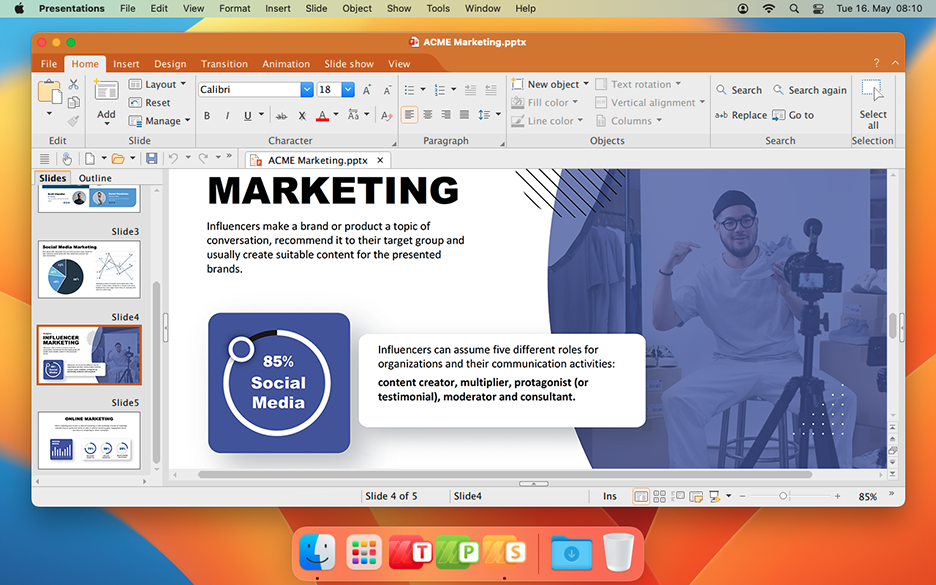Art Bounty
Discover the vibrant world of art and creativity.
Slide to Success: Transforming Your Ideas into Visual Wonders
Unlock the power of visuals! Discover how to transform your ideas into stunning presentations that captivate and inspire your audience.
Unlocking the Power of Visual Storytelling: Tips for Effective Presentations
Visual storytelling is an essential skill in today's presentation landscape. It enables you to convey complex ideas in a clear and engaging manner. One of the first steps to mastering this technique is to understand your audience. Tailor your visuals to their interests and comprehension levels. Using high-quality images and graphics can dramatically increase engagement. Remember, a compelling presentation is not just about what you say, but how you say it; strong visuals can reinforce your message. Here are some tips to enhance your visual storytelling:
- Use infographics to summarize data
- Incorporate charts to illustrate trends
- Include videos to add dynamic content
Another critical aspect of effective visual storytelling is maintaining a consistent design throughout your presentation. A cohesive color palette, consistent fonts, and aligned visuals can create a professional look that enhances your credibility. Additionally, consider employing the Rule of Thirds when placing visuals; this compositional technique can keep your audience's attention and make your presentation visually appealing. Finally, practice your presentation multiple times to ensure your visual aids complement your narrative seamlessly. Remember, the goal is not just to present information, but to create an emotional connection with your audience that lasts beyond the slides.

Top 5 Design Principles for Creating Stunning Slides
Creating stunning slides requires an understanding of key design principles that can effectively convey your message and captivate your audience. First on the list is the use of visual hierarchy. This principle involves arranging elements on the slide in a way that naturally guides the viewer's eye. Utilize size, color, and contrast to emphasize the most important information, ensuring that your audience can quickly grasp the essential points of your presentation. Additionally, keeping slides uncluttered and focused will help maintain attention and reduce cognitive overload.
Another critical principle is the consistency of design elements. Consistency in colors, fonts, and layout creates a cohesive look and feel that enhances the flow of the presentation. Limit your color palette to a few complementary colors and choose fonts that are readable, maintaining a balance between aesthetics and functionality. Thirdly, utilize white space effectively. This often-overlooked design feature allows the content to breathe, making it easier for the audience to digest information. By consciously designing your slides with these principles in mind, you can elevate your presentation and leave a lasting impression.
How to Transform Your Ideas into Engaging Visual Content
Transforming your ideas into engaging visual content begins with a clear understanding of your message and target audience. Start by brainstorming concepts that resonate with your audience's interests and challenges. Once you have a list, prioritize these ideas based on their potential impact and visual appeal. Use tools like mind maps or storyboards to organize your thoughts visually. This process not only clarifies your vision but also sets the foundation for creating compelling visuals that grab attention.
Next, choose the right format for your visual content. Options include infographics, videos, and social media graphics, each serving different purposes. For instance, infographics are great for presenting complex data in an easy-to-digest manner, while videos can effectively tell a story in a more dynamic way. Whichever format you choose, ensure that it aligns with your brand’s style and the message you want to convey. With the right tools and techniques, you can effectively transform your ideas into visuals that not only captivate but also communicate your message powerfully.